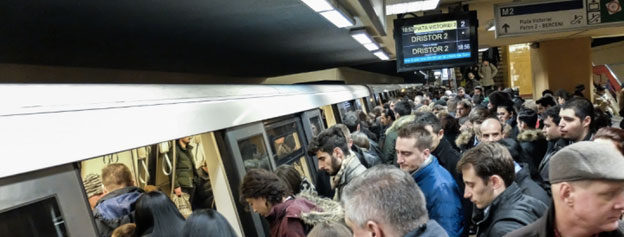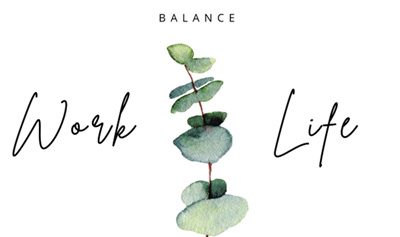Mental Health
Have you ever been in subway stations during rush hours? In any city in the world, it’s a literal wrestling struggle to get onto the next train car.

Who wins? The physically strongest, perhaps. The most patient ones who wait leaning against the opposite wall to the rails? The question is, in the long run, who wins?
And that’s where I start thinking about the reinvention of work as a priority in order to truly generate policies that support people’s mental health. Designing flexible work schedules, where there are common hours for everyone, but depending on the person, they can choose to start earlier or later. All while respecting the individuality and needs of people, and at the same time finding space for connection and interaction with others.
This is not new, and it’s working in many companies around the world. Before thinking about a 4-day workweek, or continuing to debate whether we work in person, virtually, or hybrid, designing a “peak and plate” system for companies, and thus being able to be creative with schedules and avoid so much chaos during peak hours. This can contribute to people’s mental health in the long run, even when individuals, because they have become accustomed to that chaos, don’t think it may be affecting them.
Flexible hours are one of the benefits in many companies worldwide that makes them more attractive to talent, increases retention, and strengthens the commitment and bonds between employee and employer.
The benefits of flexible hours for each individual are enormous; People being able to avoid those peak hours and crowds will do a lot for everyone’s mental health. Additionally, individuals can include other activities in their schedule such as studying, hobbies, and healthy social and family interactions.
(Note: “Peek and Plate” or Pico y Placa” is a system implemented in the main cities and towns of Colombia, which aims to reduce vehicular traffic during peak hours or throughout the day. Depending on the last digit of the license plate, there are restrictions on driving your vehicle.)
Blogs
“With What Do We See? With the Eyes, or with the Brain?”
"With What Do We See? With the Eyes, or with the Brain?"Since we were children, our mothers have insisted on us eating tomatoes and carrots for healthy eyes and vision.And it's that visual health has accompanied us since we were children, with occasional visits to the...
Work-Life Balance vs. Life-Work Balance
Work-Life Balance vs. Life-Work BalanceMuch has been said about work-life balance, and more recently, about life-work integration, seeing how we provide our employees with the tools to take care of their health and well-being.I continue to advocate for what Sir...
Your Health 401(k)
Your Health 401(k)Are you familiar with what 401(k) represents? It is a type of employer-sponsored retirement plan in the United States that allows employees to reserve a portion of their pre-tax wages for retirement.For days now, I've been pondering this concept, but...
Wellbeing Trends for 2024
Wellbeing Trends for 2024November is typically a month when companies plan for the following year, therefore, it's an ideal time to open the conversation about the well-being of individuals within the workplace environment.Four years into the pandemic, there are still...




